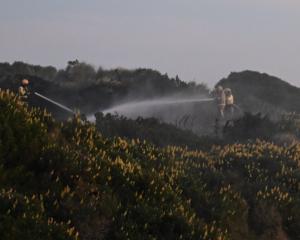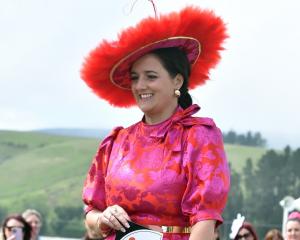Tūhura Otago Museum director Dr Ian Griffin said the aurora was so strong, it was the first time in about a decade he had taken a photograph without leaving his Portobello home.
He managed to record a green glow through the clouds as the storm hit the Earth’s magnetic field.
Its effects might last for another couple of days, Dr Griffin said.

On March 23 there were a couple of "explosions on the sun", which threw some material towards Earth in something called a "coronal mass ejection", Dr Griffin said.
That material shot across the distance between the sun and Earth and started to interact with Earth’s magnetic field.
"Now, it gets a bit complicated, but at this time of year, Earth’s magnetic field and the sun’s magnetic field line up in a really good way," Dr Griffin said.
"So, if the sun fires something at the Earth and the material is aligned correctly, we get really good auroras — and that’s what’s going on at the moment."
The coronal mass ejection hit the Earth’s magnetic field at 3.30am yesterday and across the Deep South and as far north as Gisborne people managed to photograph and see the aurora.
The last geomagnetic storm that was this powerful took place in 2017, he said.
"The sun goes through a cycle every 11 years and we’re heading towards a period called solar maximum when it’s really active and you get lots of sun spots — and you get lots of auroras."











